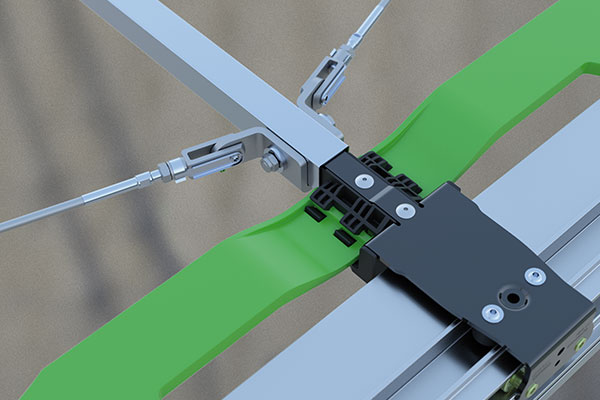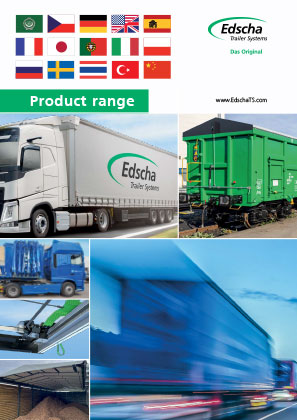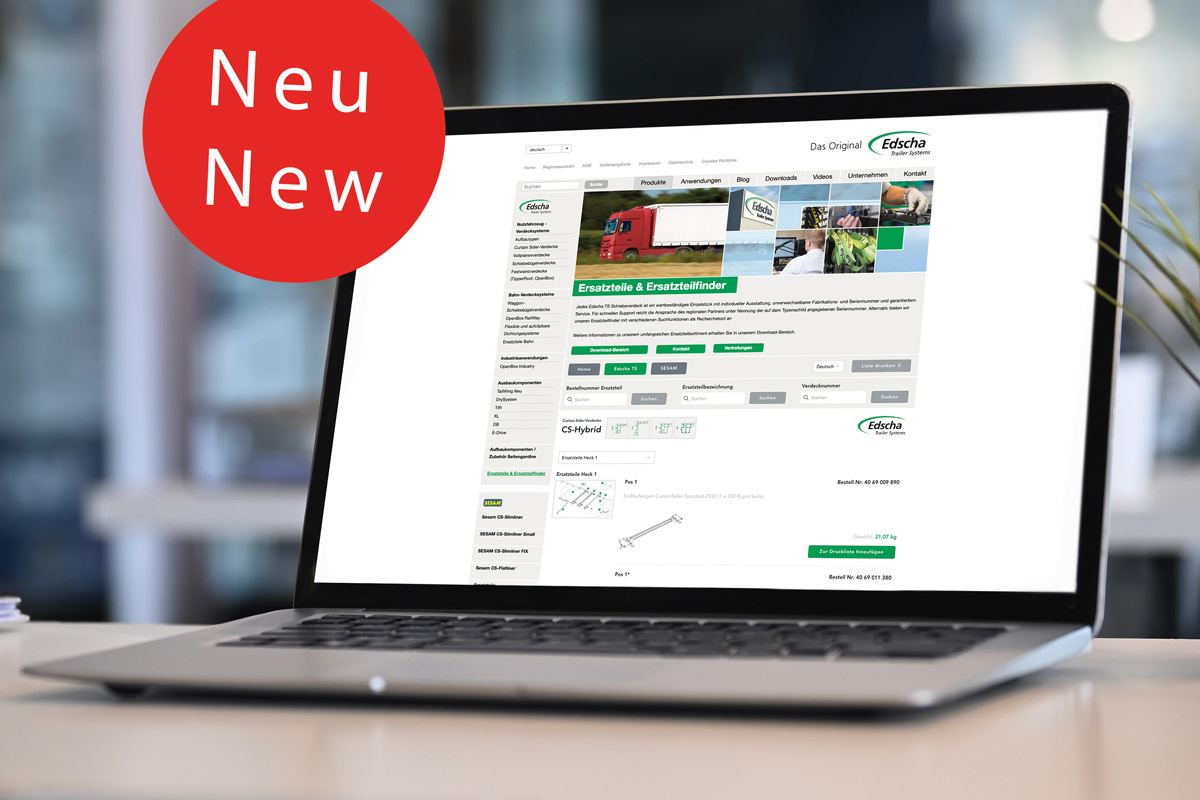Responsibility lies with the driver
The responsibility for securing the load lies with the driver, the owner and the loader. Violations can be punished in the area of administrative offenses (general traffic control or traffic accident with material damage) with fines of 50 to 150 euros and 1 to 2 points in the driving suitability register. If the lack of load safety is compounded by endangerment or damage to property, an additional point is due. A criminal offense (e.g. traffic accident with personal injury) is punishable by a fine or imprisonment.
VDI guidelines
Whereas in the past cargo safety was the talk of the town whenever a spectacular accident stirred up the debate, today there is a whole series of regulations and guidelines on the subject in addition to the legal basis. The VDI 2700 series of guidelines "Securing loads on road vehicles", for example, has been recognized for many years as the basic work on load securing. It describes the forces acting on a load while it is being driven and how loads can be secured on road vehicles. Traffic judges also make use of this knowledge.

Code L and Code XL
The body strength of trucks and trailers is uniformly regulated throughout Europe by a DIN standard, namely EN 12642 as of November 2016. In Germany, it came into force in March 2017 as DIN EN 12642. It distinguishes between standard bodies (Code L) and reinforced bodies with load securing features (Code XL). The trend is clearly toward the XL versions. At many customers of market leader Edscha TS, only Code XL-compliant vehicles are delivered today.
More than just reinforced
Compared to the standard soft top versions, the following components are used, among others: Roof stiffeners using steel cables or pre-tensioned fabric belts, particularly strong stanchions with matching plug-in battens as well as reinforced curtains, extra-sturdy bulkhead and, in special cases, pallet stops on both sides of the vehicle. If, for example, the load slips, the end wall must safely absorb 50% of the payload, the side wall 40% and the rear wall 30%. Code variant XL is certified for 1 year at a time. The certificate must be retested every year thereafter.
More safety - less stress
For load safety, the regulations of EN 12642 in combination with the Code XL version mean a substantial increase in work and transport safety. This plus is also noticeable in terms of costs, as additional lashings can usually be completely dispensed with in the case of form-fitted loading.






